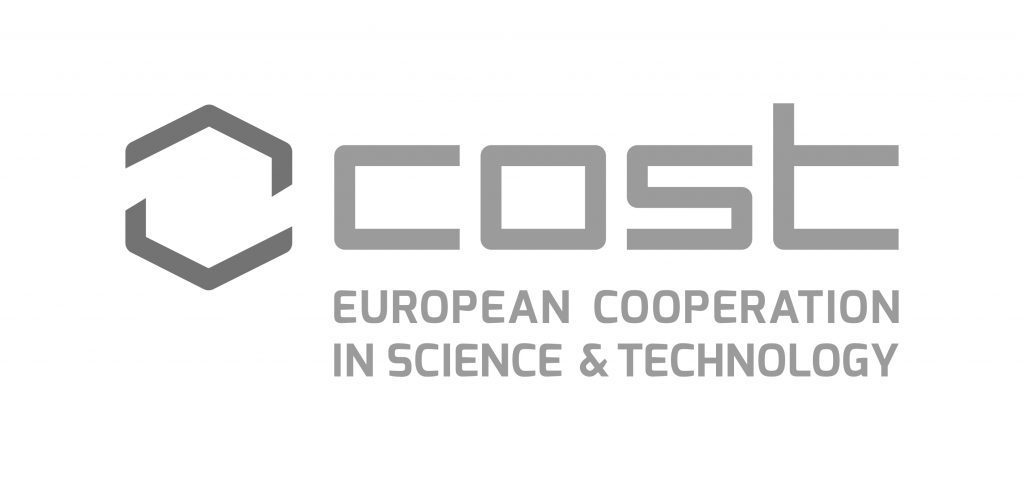Underground Built Heritage Valorisation. A Handbook, edited by Giuseppe Pace and Renata Salvarani, Rome. CNR Edizioni, 2021
Series: Heritage and Community Identity, 1
Format: 15×21, pp. 472
ISBN printed version: 978-88 8080 451 2
ISBN digital version: 978-88 8080 450 5
OI: https://doi.org/10.48217/mngspc01
 This Handbook, result of the first U4V Training School held in Naples February 10-15th 2020, is the first volume of the new series “Heritage and Community Identity” published by Cnr edizioni, and soon available as e-book. This collective effort, edited by Renata Salvarani and me, represents a first moment of sharing concepts, methodologies, and experiences among U4V members. The work has three parts, for 29 chapters. The first part, “lectures on methodology”, put in extensive form the 16 lectures given by our experts, researchers, and professors to the trainees. The second part, “case studies”, provides in six chapters an overview on the first year case studies and the Short-Term Scientific Missions. The third part, “research groups”, includes the proposals elaborated by the six research groups of trainees for the four case-studies. The handbook, indeed, documented that first try of combining training activities with scientific comparison and concrete experiences, developed around case studies and case histories expressed by territories and cities.
This Handbook, result of the first U4V Training School held in Naples February 10-15th 2020, is the first volume of the new series “Heritage and Community Identity” published by Cnr edizioni, and soon available as e-book. This collective effort, edited by Renata Salvarani and me, represents a first moment of sharing concepts, methodologies, and experiences among U4V members. The work has three parts, for 29 chapters. The first part, “lectures on methodology”, put in extensive form the 16 lectures given by our experts, researchers, and professors to the trainees. The second part, “case studies”, provides in six chapters an overview on the first year case studies and the Short-Term Scientific Missions. The third part, “research groups”, includes the proposals elaborated by the six research groups of trainees for the four case-studies. The handbook, indeed, documented that first try of combining training activities with scientific comparison and concrete experiences, developed around case studies and case histories expressed by territories and cities.
As we wrote in the Preface, this is “a starting point of a shared operational pathway, whose leader are researchers, scholars, and professionals together with stakeholders and local communities”. Each essay defines key concepts, introduces different disciplinary approaches, methodologies, and tools, and often provides examples and bibliographic references. With a specific focus on the Underground Built Heritage (UBH), the handbook provides essential starting points for valorising and empowering communities, cities and societies, as well as putting culture at the edge of sustainability transitions, processes of development, rebirth, and resilience, in a perspective of innovation and experimentation. By integrating multi-disciplinary knowledge with an innovative planning approach, this handbook documented an experience where all knowledge, collected through the different activities and explicated in training modules, contributed to building capacity on UBH from both academic and professional perspectives. More than providing solutions, the case-studies essays give an idea of the challenges to face for the living labs’ organisation, such as engaging local stakeholders, managing meetings, and achieving results. Finally, research groups present their poster and the ideas behind their construction, in a more comprehensive way, showing an impressive level of problems’ under-standing. We can easily affirm that this first handbook is a useful tool, based on scientific comparison and experiences in real situations, for implementing research, design, and management activities. Every year, the Handbook will be complemented by a new volume, which includes new lectures and methodological studies, new case studies’ description, STSM reports, and results of the research groups’ activities. The final product will include all lectures functional to the implemented training modules, dedicated to planners, local community facilitators, promoters, and decision-makers. Thanks to the above-mentioned co-learning approach, it provide and share ideas for researchers and professionals of different areas of Europe, on UBH characterized by territorial specificities and different degrees of exploitation. Finally, this handbook, in line with COST objectives, responds to the need for involvement and enhancement of young researchers, organized in research and project groups, who co-authored results and texts.
 Damage assessment and conservation of underground spaces as valuable resources for human activities in Italy and
Damage assessment and conservation of underground spaces as valuable resources for human activities in Italy and
Japan, edited by Roberta Varriale and Mario Parise, Opera Ipogea, Special Issues, 2020
This special issue is the main scientific output of the homonymous bilateral project between Italy and Japan “Damage assessment and conservation of underground spaces as valuable resources for human activities in Italy and Japan”. The project was financed within the agreement regarding the scientific cooperation between the National Research Council of Italy (CNR) and the Japan Society for the Promotion of Science (JSPS). The fund supported mutual scientific exchanges between the teams, led by Roberta Varriale from the Institute for Studies on the Mediterranean (ISMed), Italy and by Chiaki T. Oguki from the Graduate School of Science and Engineering of Saitama University, Japan during the period 2018/2019.
In this context, two missions from representatives of the Italian team to Japan and two missions from the corresponding Japanese team to Italy were financed. During these missions the two teams had the opportunity to share their expertise with reference to experimental and multi-disciplinary approaches to the study, monitoring and management of several selected case studies of Underground Built Heritage (UBH). Case studies’ choice were based on archaeological, artistic and architectural values’ criteria, historical and cultural uniqueness of the sites, and connections with the of local communities identity. In view of the significant communicative role played by the underground environment, stimulating several projects addressed to-wards regeneration of subterranean spaces in both Italy and Japan, these countries were considered to be exemplary study cases to compare the Eastern and Western approaches for knowledge and understanding of underground spaces that were excavated and used by man in past epochs, to test theoretical researches and to establish a long lasting cooperation to stimulate future actions in this specific sector.
Papers included in this special issue are a first attempt in the process of transition from onsite visits and cultural ex-changes between the two countries to the definition of a theoretical methodology for a comparative approach to Italian and Japanese underground sites; and, at the same time, the starting point for a new project financed within the same agreement for the period 2020/2021. Published papers covers different issues related to the survey, monitoring, knowledge, and transferring scientific data to local community about artificial cavities. Authors have very different backgrounds, from archaeologists, to historians, geologists, engineers, architects, etc. This multi-disciplinary approach represented the main success of the bilateral project, that is, putting together different expertise, in this case from different cultures too, thus facilitating and stimulating sharing of experiences, and comparison among variable approaches dedicated to research, safe-guard and valorisation of the cultural heritage contained in the underground of these two countries.
The special issue includes nine contributions, covering the above topics through theory, practices, historical documentation and technical issues.





